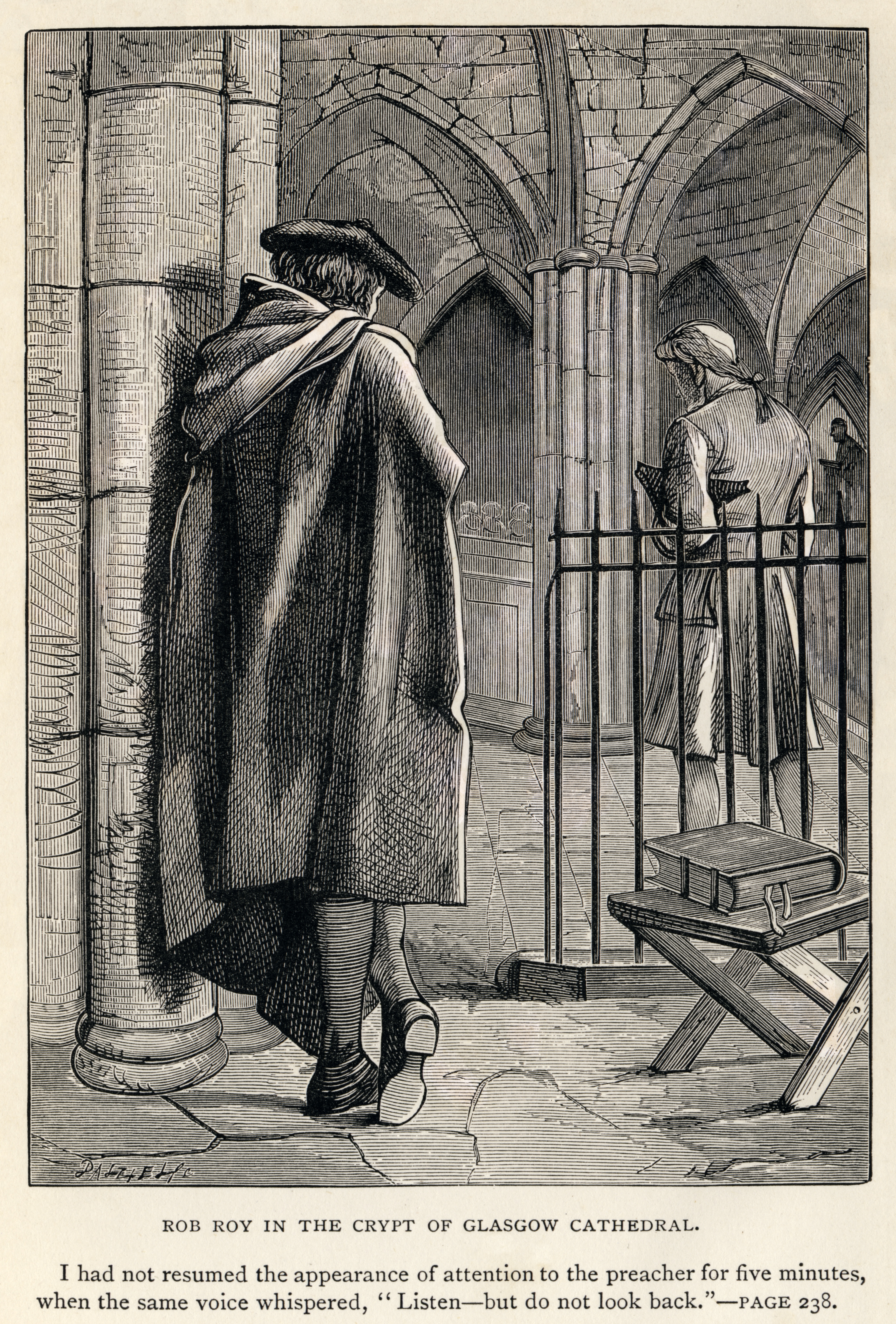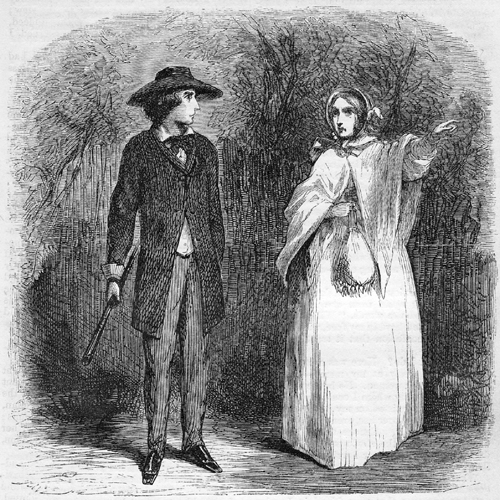“Beauty lay not in the thing, but in what the thing symbolized.”
Of the many works of great literature, there are few that touch us at our very core like the story of Tess Durbeyfield. Though a creation of the English author, Thomas Hardy, Tess in many ways symbolizes the hardships, trials, and unjustness of life as a member of the agricultural class in Victorian England. She is also Hardy's way of railing against the social mores of his time, especially in regards to women. But for the reader, Tess is a real a person as you will find and our hearts go out to the beautiful, strong, and loving young woman whose life is stolen from her one unjust action at a time.
The Plot:
John Durbeyfield is a simple peasant content with his life, until the local parson informs him that he is descended from the ancient landed family of the d'Urbervilles (long extinct). After the unlucky death of the family horse, his wife convinces their oldest daughter, Tess, to go "claim kin" from a wealthy widow named d'Urberville, who they (mistakenly) believe to be their distant cousin. At the house, Tess is met by Mrs. d'Urberville's son, Alec. He is obviously taken by Tess' simple beauty, but she feels uncomfortable with his attentions. After getting Tess a job at his home, Alec takes advantage of the situation and rapes her on her way home from an evening gathering.
Tess leaves the d'Urbervilles, but unfortunately she cannot escape the consequences of Alec's actions. After the death of the her child, Tess leaves her home for a job at a dairy in another part of the county where her past is unknown. Here she meets Angel Clare, the son of a well-off parson who is training for life as gentleman farmer. He is instantly taken by Tess and she falls in love with him in return. But as his feelings deepen, she worries that her past may drive them apart. She must decide whether to follow her mother's advice and keep her secret, or to pour her heart out to the man she loves.
My Review (Caution - Spoilers):
Though I was familiar with this story, I had never read the book. I knew Hardy's reputation of writing novels with rather depressing storylines, but nothing prepared me for how this one would pull at my heartstrings. From the first moment, we are drawn to the lovely (and loving) Tess who continuously suffers from the actions of others.
While there are many themes and symbols contained in Hardy's novel, I will only focus on a couple of them. The first is the suffering of the agricultural class in Victorian England, which Hardy lends a voice to much as Dickens did to the poorest classes of London. These are hard working, simple folk whose ways of life are being changed and destroyed by modernity. They are treated ill by the landed bourgeoisie (like Alec) who reap the benefits of the agricultural society without having to live with it's toil. They are also idealized by liberal thinkers like Angel, who see the idyllic dream of country life and not the harsh reality they must suffer. Like Tess, they are taken advantage of by one group, and blamed by another.
Hardy also uses the story to attack the social mores of the time as well as the sexual double standard. Perhaps one of the most maddening moments of the novel is Angel's rejection of Tess due to her lost virginity (though he admits it was not her fault) right after he has confessed his own sexual exploits with an older woman. Society turns a blind eye to the "impurity" of Alec's and Angel's actions and yet ultimately condemns Tess for something she did not ask for. Hardy's decision to make the subtitle "A Pure Woman Faithfully Presented" raised many Victorian eyebrows. And yet he is able to make the reader see Tess not as a fallen angel, but as a flesh and blood woman who is trying to live the life fate has dealt her.
There is an almost pagan sense of fate at play in this story. So many times things could have happened differently, but they didn't. Hardy blames Tess' demise on fate and intimates that she (and we) are nothing but amusements for the gods who play with us for their own sport. The highlighting of Stonehenge, the May Day dance, and traditional folklore/omens also add to the Saxon feel of the novel.
There is a reason this book should still be read today. Hardy created a character that is as real as anything and who fills us with pity for her circumstances and admiration for her strength. Hopefully, it allows us to see the Tesses of our own time and to not be so quick to condemn them. This is a must read for everyone.
The Movie:
Adaptations of this story have been made almost since the book first came out. I have seen two of them. One is the 1998 television version starring Justine Waddell, Jason Flemyng, and Oliver Milburn. It was a decent adaptation, though I felt that it was perhaps too sympathetic with the male characters, especially Alec. It also missed the opportunity to dramatize some of the best scenes from the book like Tess and Alec's scene at the d'Urberville vault or the landlady seeing the bloodstain on the ceiling.
The other is the 2009 Masterpiece Theatre version starring Gemma Arterton, Hans Matheron, and Eddie Redmayne. I really enjoyed this version. See my review here.






























